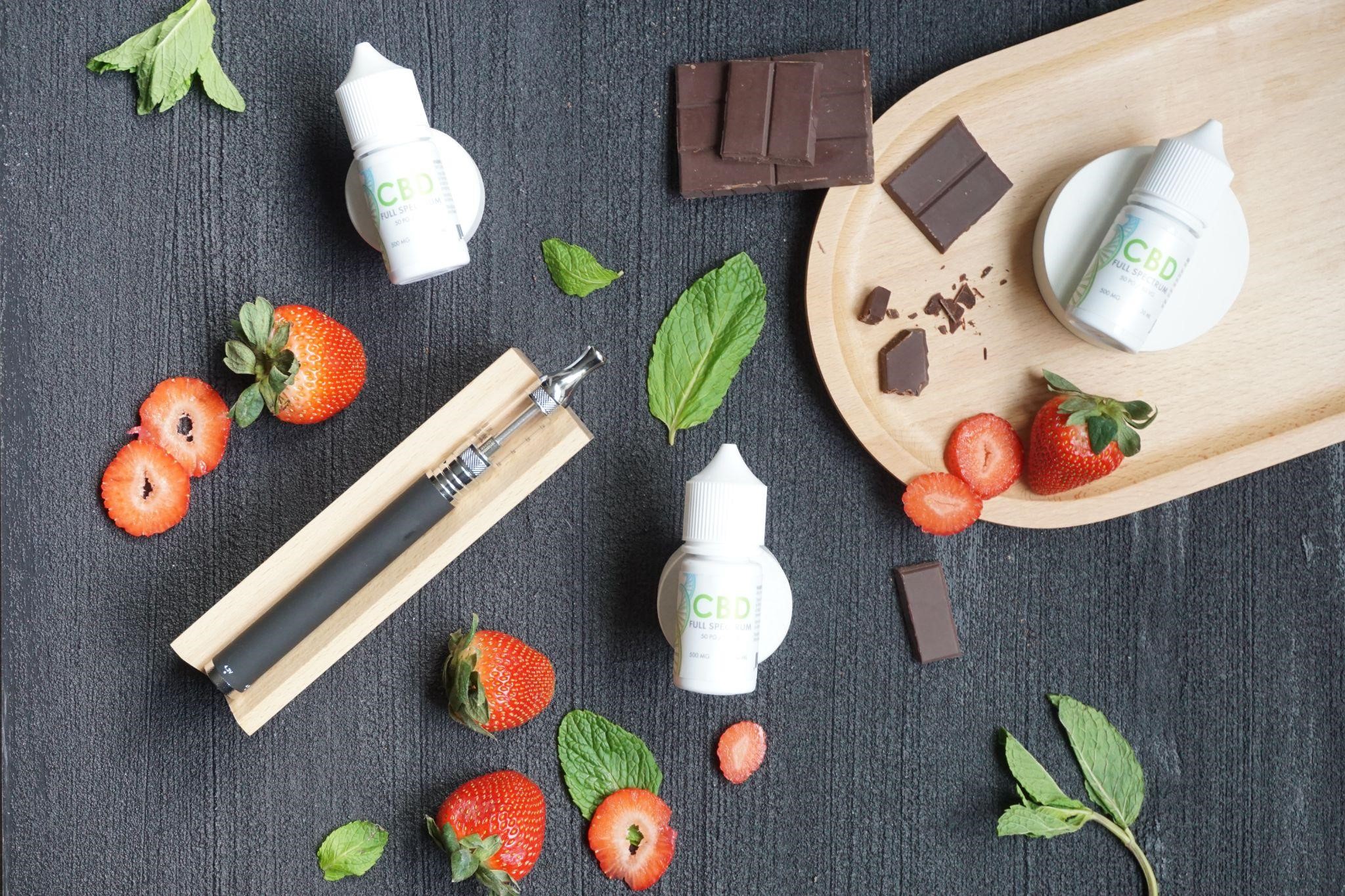CBD is customarily derived through an extraction and/or distillation process from a cannabis plant – whether from the hemp plant or the marijuana plant, which are flora of the same species, Cannabis sativa L. In light of the fact that the Farm Bill of 2018 removed hemp from the Controlled Substances Act, drawing an arbitrary distinction between “Hemp” and “Marijuana” based on the THC content, operators are left scrambling to decipher the packaging and labeling requirements based upon these distinctions.
In California, for .3% or more THC products sourced from “marijuana”, the California Department of Cannabis Control (DCC) has stringent packaging and labeling requirements for all cannabis products, which we have previously outlined in a quick refresher.
But what about CBD, the complicated sibling of THC that has been approved for the production of human food, drink, cosmetics, and animal food in CA under AB45?
What are the CBD Product Packaging and Labeling Requirements?
The labeling requirements for cannabinoid products, or CBD, may be listed on either the primary or informational panel and can be placed on the label before releasing to distribution or by the distributor on the licensed distribution premises after the issuance of a regulatory compliance testing Certificate of Analysis for the batch.
CBD product containers must be:
- Child-resistant.
- Tamper-evident.
- Resealable, if the package contains more than one serving.
- Opaque, if the package contains an edible cannabis product.
In general, CBD product labels must:
- Display all information clearly and legibly.
- Use the English language.
- Use at least a 6-point font.
- Ensure all labeling information is shown on the outer layer of packaging.
- Include a product identifier that lists the generic name or description for the item, such as “CBD tincture.”
- Incorporate California’s universal symbol for all cannabis and cannabis products.
- List the net weight/volume of the product in both metric and U.S. customary units (e.g., both “fl. oz.” and “ml”).
- Include the words “Cannabis-infused” on all CBD food and drink products.
The labeling may NOT:
- Use a specific California city or county name unless 100% of the cannabis is grown there (i.e., Appellations).
- Be attractive to children, including utilizing cartoons or images popularly used to advertise to children, imitating candy labeling, and/or using the words “candy,” “candies” or a variation, such as “kandy” or “kandeez,” anywhere on the label.
- Include false or misleading information, including anything untrue, or information that leads consumers to have an inaccurate impression (i.e., be misleading).
When CBD infused pre-roll products are labeled BEFORE testing, they must include:
- THC and CBD in milligrams per serving or the Total THC of the dried flower expressed as a percentage.
- Added THC and CBD in milligrams.
For manufactured products, they must include:
- THC and CBD in milligrams per package for all manufactured products.
- THC and CBD in milligrams per serving for edibles and concentrates with designated serving sizes.
THC or CBD content that is less than 2mg per package or per serving can be labeled as “<2 mg per package” or “<2 mg per serving.”
When CBD infused pre-roll products are labeled AFTER testing, they must include:
- THC and CBD in milligrams per serving or the total THC of the dried flower expressed as a percentage and the added THC and CBD in milligrams.
For manufactured products, they must include:
- THC and CBD in milligrams per package for all manufactured products.
- THC and CBD in milligrams per serving for edibles and concentrates with designated serving sizes.
- Any other cannabinoid that makes up 5% or more of the total cannabinoid content.
The cannabinoid amount reflected in the COA may be rounded to the nearest whole number, except that the labeled amount cannot exceed the legal limit for cannabinoid content.
If the THC or CBD content is listed on the COA as “non-detect” or “below LOQ,” the content must be labeled as either “0 mg” or “<2 mg.”
As with all cannabis-related products, the label cannot make unproven health claims or health-related statements, including claims about a product’s ability to treat or cure disease without significant scientific agreement supported by a totality of publicly available peer-reviewed evidence.
Health-related statements are heavily regulated by the U.S. Food and Drug Administration, and cannabis/CBD businesses are not exempt from federal prosecution for including misleading information on product labels.
Keep in mind, since CBD is produced in both the marijuana and hemp plant, if it is manufactured into products with a THC level greater than 0.3%, these products must go through the traditional cannabis regulatory oversight channels.
If you are unsure of the packaging and labeling requirements for your CBD business, do not leave your operations to chance. Contact our California CBD law firm specialists today by phone at (310) 912-2960 or online to ensure your operations are compliant with all federal, state, and local laws.
Related Links:

